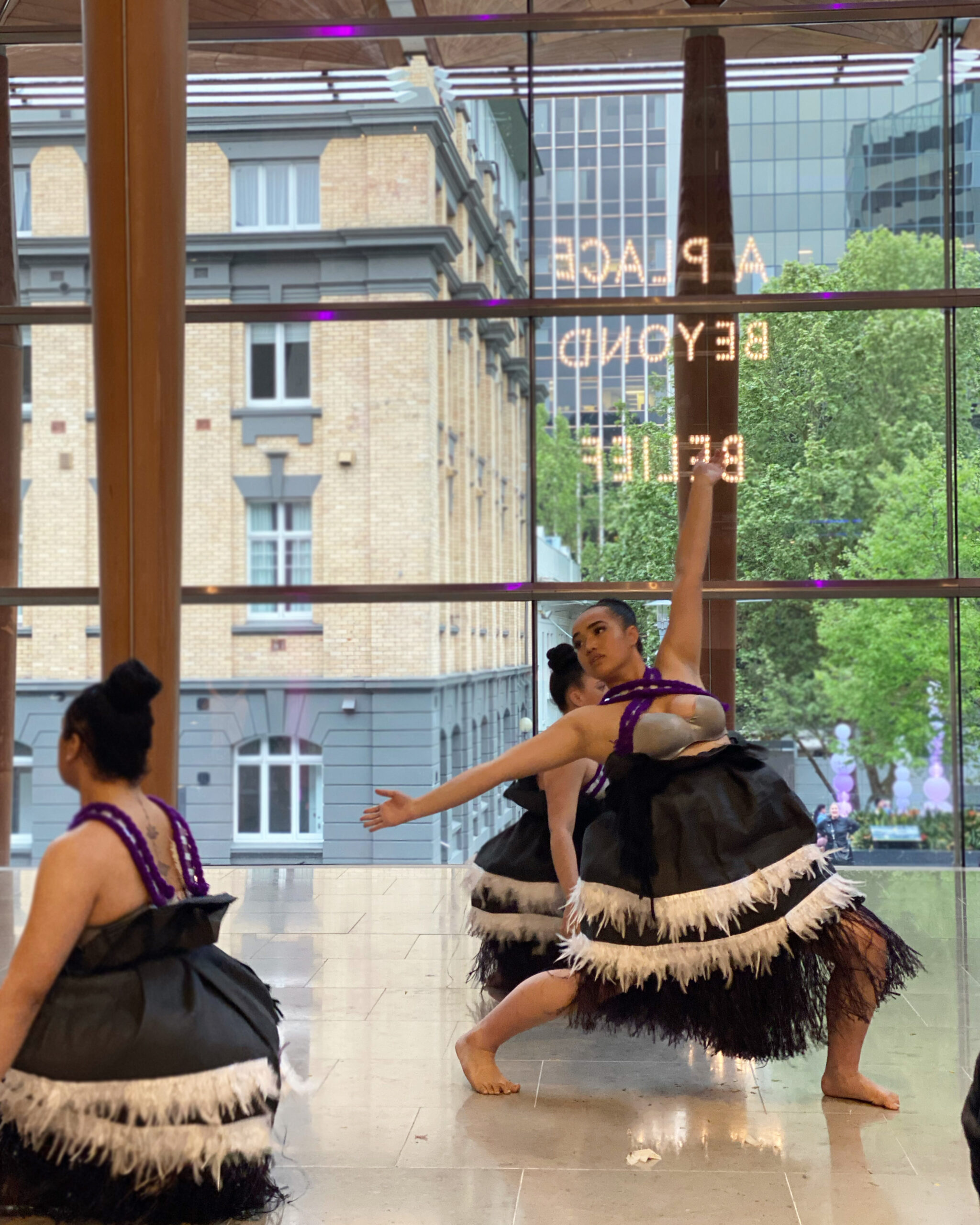The Ross Sea is a large bay of Antarctica located 3,500km south of New Zealand. It hasn’t substantially changed since its discovery by humans in 1841. Fishing has the potential to transform all that.

The Ross Sea is home to the Antarctic toothfish, known on high-end restaurant menus around the world as Chilean sea bass. Every year 3,000 tonnes of toothfish are removed from the Ross Sea; in 2011 New Zealand vessels caught 70 tonnes at an export value of $20 million.
Concerned this could unbalance the Ross Sea’s unspoilt ecosystem, activist groups are campaigning for it to become a Marine Protected Area (MPA) where fishing is prohibited.

As the award-winning Kiwi doco The Last Ocean revealed, the Antarctic toothfish might be an ugly chap, but he lives for up to 50 years and reproduces later in life – meaning he’s highly vulnerable to overfishing. As numbers drop, so do those of species who eat toothfish for lunch, such as Weddell seals and Ross Sea killer whales.
In November 2012, the 25 member countries of the Convention for the Conservation of Antarctic Marine Living Resources (CCAMLR) couldn’t reach a consensus on how to protect the Ross Sea.
Last Ocean director Peter Young wasn’t surprised by CCAMLR’s failure to agree. “We knew it wasn’t going to be a quick fix when you’re dealing with an international issue like this. Even though it was a little disappointing.”
But the longer the debate continues, Peter points out, the more impact we’ll have on the Ross Sea. All for the sake of a marginal fishery and a posh menu fixture? “We don’t need to be there,” he says. “Nothing makes sense about it. It’s a dangerous place to fish – it poses huge risk to human life and to the environment.”
Visit the Last Ocean website for more, and to get involved.







